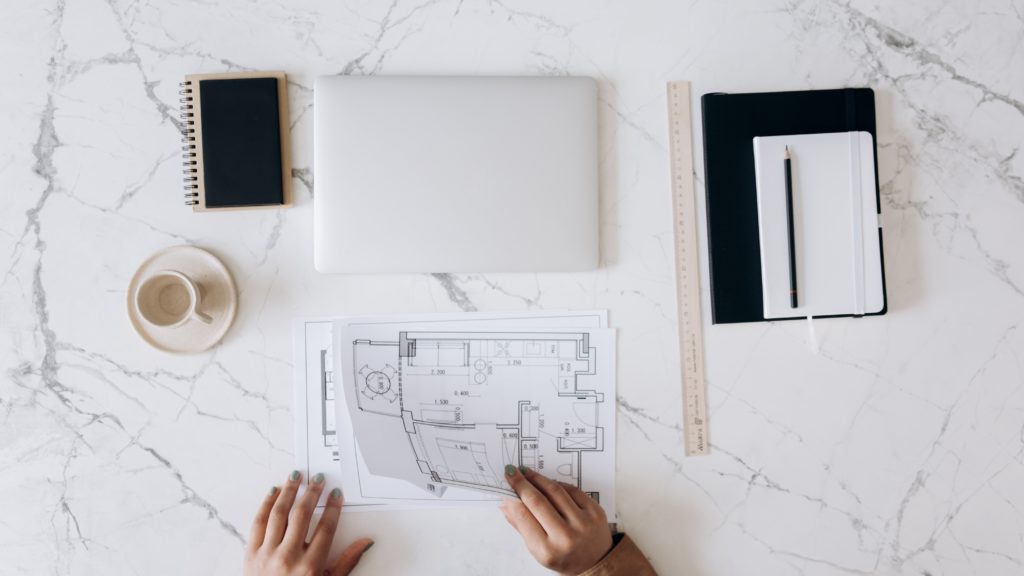
Universal design is the design philosophy that seeks to create products, spaces, and environments that are usable and accessible to people of all ages, abilities, and backgrounds. It is a framework that acknowledges and celebrates human diversity by creating spaces that are inclusive and welcoming to everyone.
At the heart of universal design is the belief that by creating spaces that are accessible to all, we foster a sense of community and belonging. When we design with universal principles in mind, we create spaces that are not only functional and efficient but also beautiful and inspiring.
The principles of universal design can be applied to a wide range of products, spaces, and environments. From buildings and homes to public spaces and transportation, universal design has the power to transform the way we think about accessibility and inclusion.
One of the key principles of universal design is simplicity. A design that is simple, clear, and intuitive is more likely to be usable and accessible to everyone. For example, a door with a lever handle is easier to use for people with limited hand strength or mobility than a door with a knob.
Another important principle of universal design is flexibility. A design that can be adapted to meet the needs of different users is more accessible and inclusive. For example, a kitchen with adjustable countertops and cabinets can be used by people of different heights or abilities.
In addition to simplicity and flexibility, other principles of universal design include providing clear and concise information, ensuring safety and minimizing hazards, and creating spaces that are comfortable and inviting.
While universal design may seem like a daunting task, it is important to remember that it is a process, not a one-size-fits-all solution. By incorporating the principles of universal design into every aspect of our lives, we can create spaces that are welcoming and inclusive to all.
At its core, universal design challenges us to think beyond the needs of the individual and consider the needs of the community as a whole. It is a philosophy that celebrates diversity and promotes inclusivity, and when put into practice, it has the power to transform the way we interact with the world around us.
In conclusion, universal design is a design philosophy that seeks to create spaces that are accessible and inclusive to people of all abilities and backgrounds. By incorporating the principles of simplicity, flexibility, clarity, safety, and comfort into our designs, we can create spaces that are welcoming and inspiring to all. Let’s embrace universal design and work together to create a world that is accessible to all.
